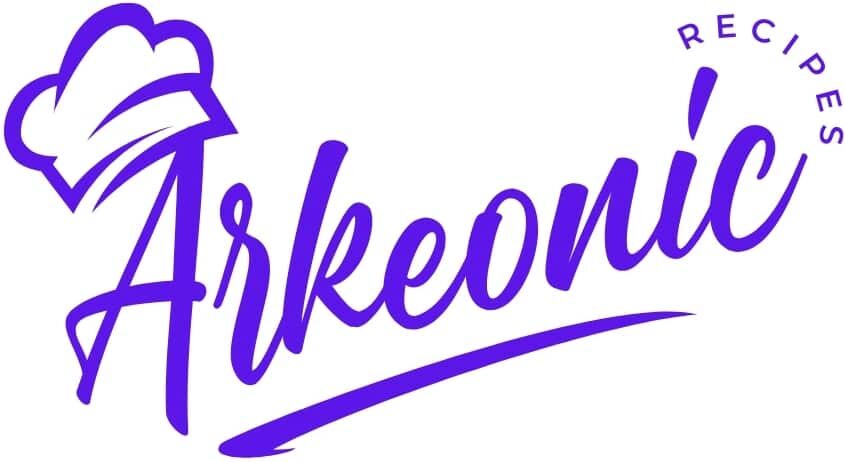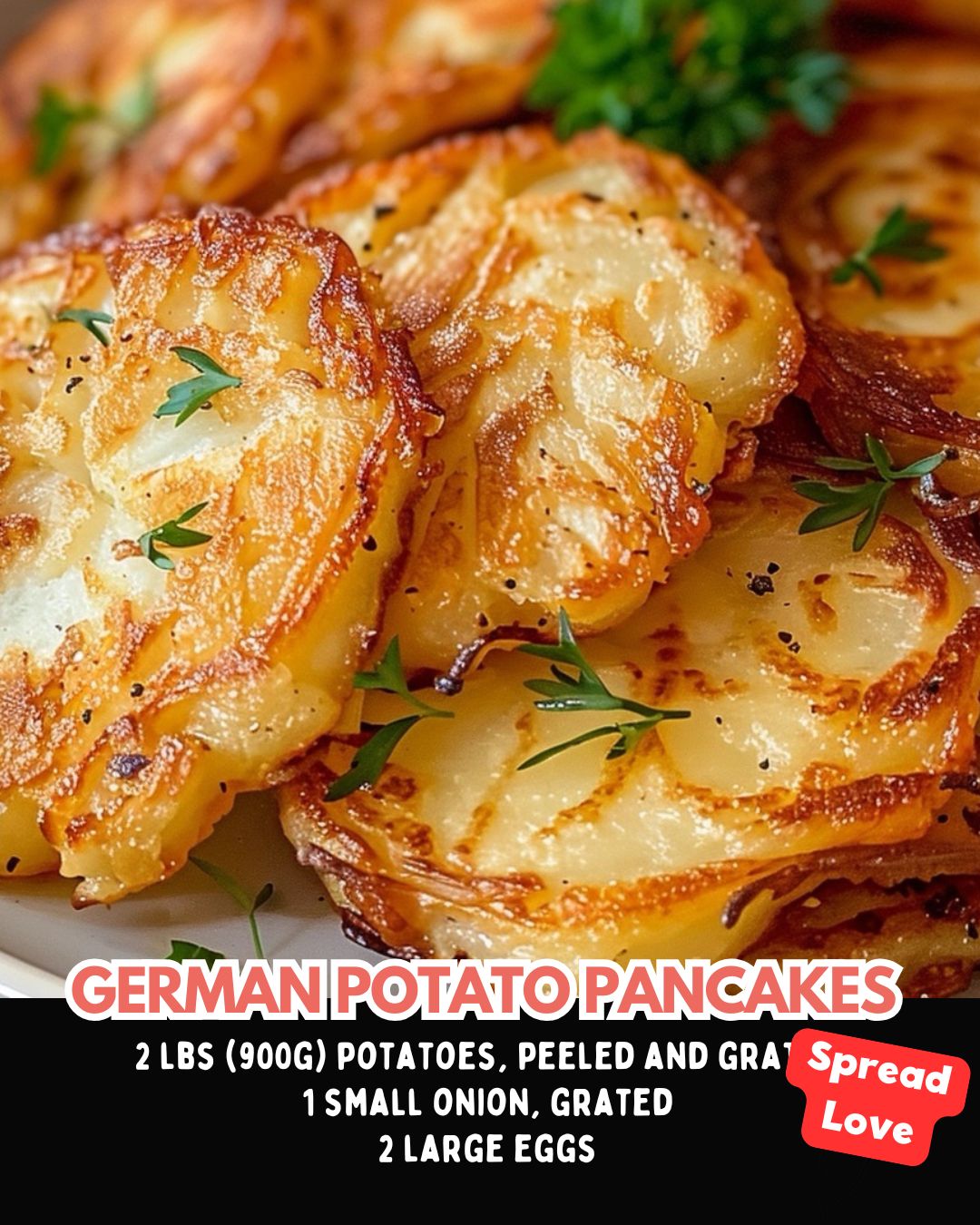Polish potato pancakes, known in Poland as “placki ziemniaczane,” represent one of the most beloved comfort foods in Polish cuisine. These golden, crispy pancakes have been a staple in Polish households for generations, offering a perfect balance of simplicity and satisfaction. Unlike their American counterparts, Polish potato pancakes lean heavily on the natural starch of freshly grated potatoes, creating a distinctive texture that’s crispy on the outside yet tender within.
The Humble Comfort of Polish Potato Pancakes
What makes these pancakes truly special is their versatility. They can be served as a hearty breakfast, a substantial side dish, or even as a main course when topped with traditional accompaniments like sour cream, apple sauce, or goulash. The humble potato—a cornerstone of Polish cooking—transforms into something extraordinary through this preparation.
The tradition of making placki ziemniaczane extends beyond mere sustenance; it’s a cultural practice passed down through families. Many Poles recall the sizzle of batter hitting hot oil in their grandmothers’ kitchens, and the distinctive aroma that would fill the home. These pancakes tell a story of resourcefulness, as they originated as peasant food, making the most of abundant potatoes during harsh Polish winters.
What distinguishes Polish potato pancakes is their perfect balance of textures and flavors. The grated onion integrated into the batter provides a subtle sweetness and depth, while a hint of garlic adds complexity without overwhelming the potato’s natural flavor. When properly prepared, each bite offers a contrast between the crispy, lacy edges and the soft interior.
While seemingly straightforward, achieving the perfect placki requires attention to detail—from properly draining the potatoes to maintaining the right oil temperature. This recipe honors traditional methods while providing modern practical advice to ensure success. Whether you’re connecting with your Polish heritage or simply exploring international comfort foods, these pancakes offer a delicious journey into Eastern European culinary traditions.
Storage Options
- Room Temperature: Best enjoyed immediately after cooking
- Refrigerator: Store in an airtight container for up to 3 days
- Freezer: Layer between parchment paper in a freezer-safe container for up to 2 months
- Reheating: For best results, reheat in a skillet over medium heat or in an oven at 350°F (175°C) for 5-7 minutes until crispy
Summary
Traditional Polish potato pancakes (placki ziemniaczane) feature freshly grated potatoes mixed with onion, eggs, and flour, then pan-fried until golden and crispy. These versatile pancakes can be served savory with sour cream and chives or sweet with apple sauce. Total preparation and cooking time is approximately 30 minutes, yielding about 12 pancakes.
Why You’ll Love This Recipe
- Authentic flavor that captures the essence of Polish home cooking
- Crispy exterior with a tender interior for the perfect texture contrast
- Versatile serving options for breakfast, lunch, dinner, or as a side dish
- Simple, affordable ingredients that are likely already in your pantry
- Perfect balance of traditional technique with practical modern preparation
- Naturally gluten-free if using potato starch instead of wheat flour
- Comforting food that satisfies hearty appetites
- Excellent make-ahead option for busy households
Kitchen Equipment You’ll Need
- Box grater or food processor with grating attachment
- Large mixing bowl
- Clean kitchen towel or cheesecloth for draining potatoes
- Heavy-bottomed skillet or cast-iron pan
- Spatula for flipping
- Paper towels for draining excess oil
- Measuring cups and spoons
- Mixing spoon
Tips for Success
- Grate potatoes just before mixing to prevent discoloration
- Thoroughly squeeze excess moisture from grated potatoes for crispier pancakes
- Maintain medium-high heat for proper browning without burning
- Don’t overcrowd the pan when frying; work in batches
- Add grated potato mixture to oil only when it’s properly heated (test with a small drop)
- Use a mixture of vegetable oil and butter for enhanced flavor and better browning
- Let the pancakes cook undisturbed until edges are golden before flipping
- Keep finished pancakes warm in a 200°F (95°C) oven while completing batches
Ingredients
- 2 pounds (900g) starchy potatoes (russet or Yukon Gold), peeled
- 1 medium onion, peeled
- 2 large eggs, lightly beaten
- 2-3 tablespoons all-purpose flour or potato starch
- 1 teaspoon salt
- 1/4 teaspoon black pepper
- 1/4 teaspoon garlic powder (optional, for authentic flavor)
- Vegetable oil and/or butter for frying
- Optional garnishes: sour cream, applesauce, chopped chives, or smoked salmon
Directions
- Grate the peeled potatoes and onion using the large holes of a box grater or food processor.
- Transfer the grated mixture to a clean kitchen towel or cheesecloth. Gather the edges and squeeze firmly to remove as much liquid as possible. This step is crucial for crispy pancakes.
- Place the drained potato-onion mixture in a large bowl. Add the beaten eggs, flour or potato starch, salt, pepper, and garlic powder if using.
- Mix thoroughly until all ingredients are well combined. The mixture should be moist but not watery.
- Heat 2-3 tablespoons of oil (or a mixture of oil and butter) in a heavy-bottomed skillet over medium-high heat until shimmering.
- For each pancake, add about 1/4 cup of the potato mixture to the hot oil. Gently flatten with a spatula to form pancakes about 3-4 inches in diameter and 1/4 inch thick.
- Cook for about 3-4 minutes on each side until golden brown and crispy. Adjust heat as needed to prevent burning.
- Transfer cooked pancakes to paper towels to drain excess oil. Continue with remaining batter, adding more oil to the pan as needed.
- Serve immediately while hot and crispy with your choice of toppings.
Additional Tips or Variations
- Cheese Version: Add 1/2 cup grated Parmesan or farmers cheese to the batter
- Herb Enhancement: Mix in 1-2 tablespoons fresh chopped dill, parsley, or chives
- Meat Lover’s Option: Top with crumbled bacon or serve alongside kielbasa
- Spicy Variation: Add 1/4 teaspoon cayenne pepper or paprika to the batter
- Sweet Version: Sprinkle with cinnamon sugar and serve with sweetened sour cream
- Mini Appetizers: Make smaller pancakes and top with smoked salmon and a dollop of sour cream
- Hungarian Influence: Serve topped with goulash for a hearty main course
- Healthier Option: Bake on a well-oiled sheet pan at 425°F (220°C) for 10-15 minutes per side
Nutritional Highlights (Per Serving)
Approximate values for 2 pancakes
- Calories: 180
- Protein: 4g
- Carbohydrates: 24g
- Fat: 8g
- Fiber: 2g
- Sodium: 330mg
- Potassium: 640mg (18% daily value)
- Vitamin C: 15% daily value
- Iron: 6% daily value
Frequently Asked Questions (FAQ)
Q: Why are my potato pancakes falling apart? A: This usually happens when there’s too much moisture. Make sure to thoroughly squeeze the liquid from your grated potatoes and add a bit more flour if needed.
Q: Can I make the batter ahead of time? A: Not recommended. The potatoes will discolor and release more water. It’s best to prepare just before cooking.
Q: Are potato pancakes gluten-free? A: They can be if you substitute potato starch or rice flour for the all-purpose flour.
Q: What’s the best potato variety to use? A: Starchy potatoes like Russets are ideal, but Yukon Golds also work well for a slightly creamier texture.
Q: How do I keep my pancakes crispy until serving? A: Place them on a wire rack in a warm oven (200°F/95°C) while you finish cooking the remaining batches.
Conclusion
These Polish potato pancakes connect us with generations of home cooks who transformed humble ingredients into satisfying meals. The beauty of placki ziemniaczane lies in their straightforward preparation and the way they showcase the natural flavor of potatoes. Whether you’re enjoying them for breakfast with applesauce or serving them alongside a hearty stew for dinner, these pancakes offer versatility few dishes can match. The contrast between the crispy exterior and tender interior creates a textural experience that makes them irresistible. By mastering this traditional recipe, you’re not just preparing food—you’re participating in a culinary tradition that has brought comfort to Polish families for centuries. Enjoy them as they are traditionally served, or adapt them to your own tastes and traditions for a new family favorite.

